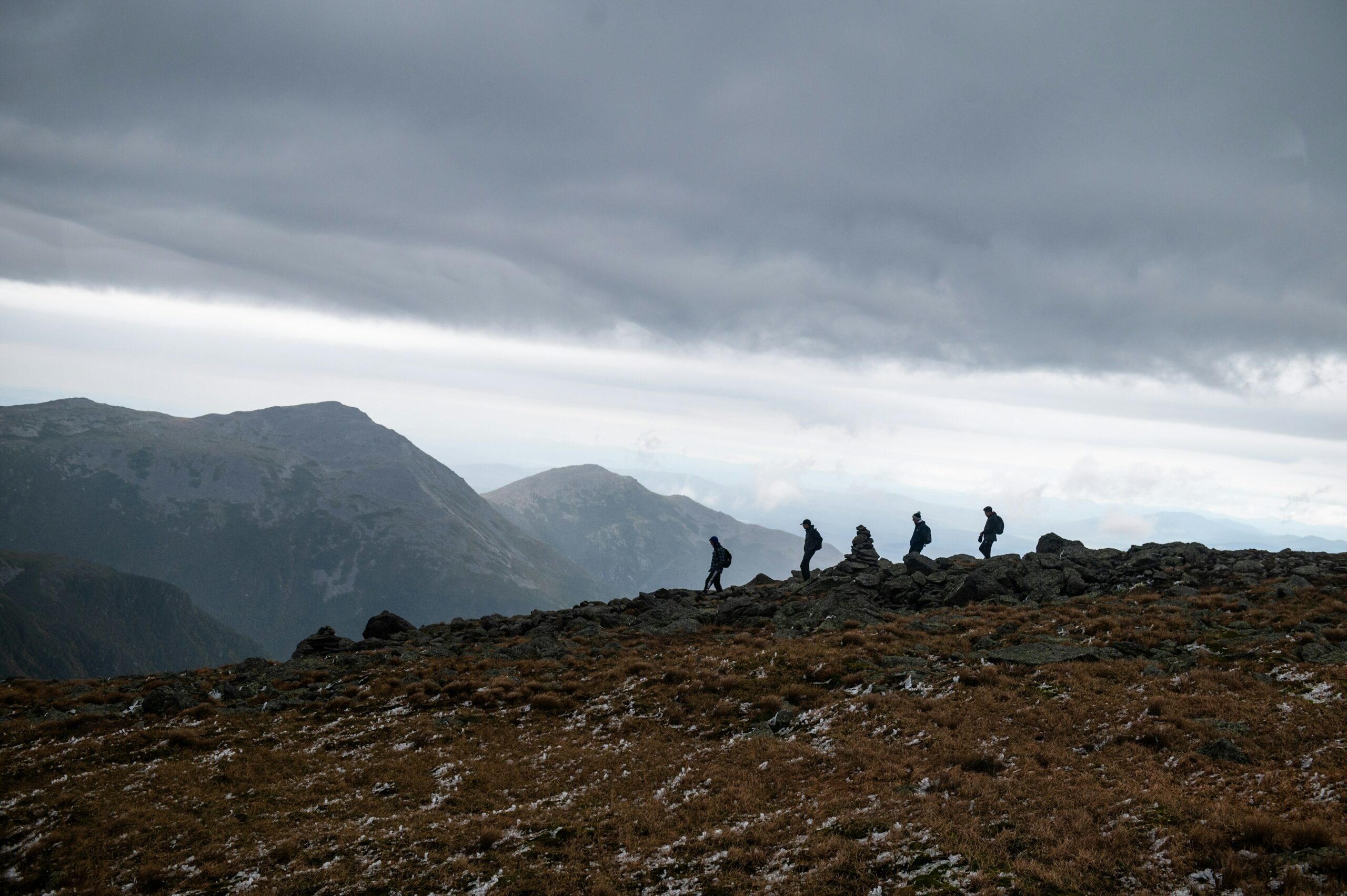I’m here to sing the praises of New Hampshire – New England’s best-kept secret – which combines the countless small towns you’ll find in Vermont, outdoor adventures and rugged wilderness to rival Maine, and even a small coastline that extends the pleasures of Massachusetts’ beaches.
This famously flinty, down-to-earth state has tended to have a bigger reputation with political junkies than vacationers. Yet with a picture-perfect lake around seemingly every bend of the road; some of the tallest mountains on the East Coast, filled with hiking and skiing trails; a rich repertoire of culture and history; and that wonderful (if admittedly short) coastline, anyone who makes the trip here will find ample rewards, whatever leisurely pursuits they prefer.
If you like the sound of the Granite State so far, read on for an introductory guide for first-time New Hampshire visitors.
When should I go to New Hampshire?
The Granite State is delightful in all seasons – with one glaring exception.
In the summer high season, the state bursts with outdoor possibilities. Maybe you’ll go waterskiing on Lake Winnipesaukee, surfing or lying out on the sand at Jenness Point Beach, or eating lobster rolls alfresco in Portsmouth. And there are hiking trails galore, whether in the high elevations of the White Mountains or in one of the countless nature reserves that dot this small, pine-covered state. Note that in summer, prices jump to match demand.
New Hampshire has some of the most glorious fall foliage anywhere, which understandably draws leaf peepers from Boston and beyond for weekend forays in late September and early October. While the display put on by scarlet maples, golden birches and yellow-orange oaks never fails to dazzle, the short peak-foliage period is by far the most expensive time to visit New Hampshire.
Winter sports are a major thing in the state, which sees an average of over 100in of snowfall per year. Such major resorts as Bretton Woods, Cannon Mountain and Loon Mountain draw serious skiers and snowboarders to their miles and miles of world-class pistes, while cross-country skiers and snowshoers can delight in exploring fairy-tale-like paths through the woods and across frozen lakes. Anyone considering a winter trip should pack more layers than they think they’ll need, as the average high temperatures in January and February hover around 30°F (0°C).
The spring is New Hampshire’s…
Click Here to Read the Full Original Article at Stories – Lonely Planet…
